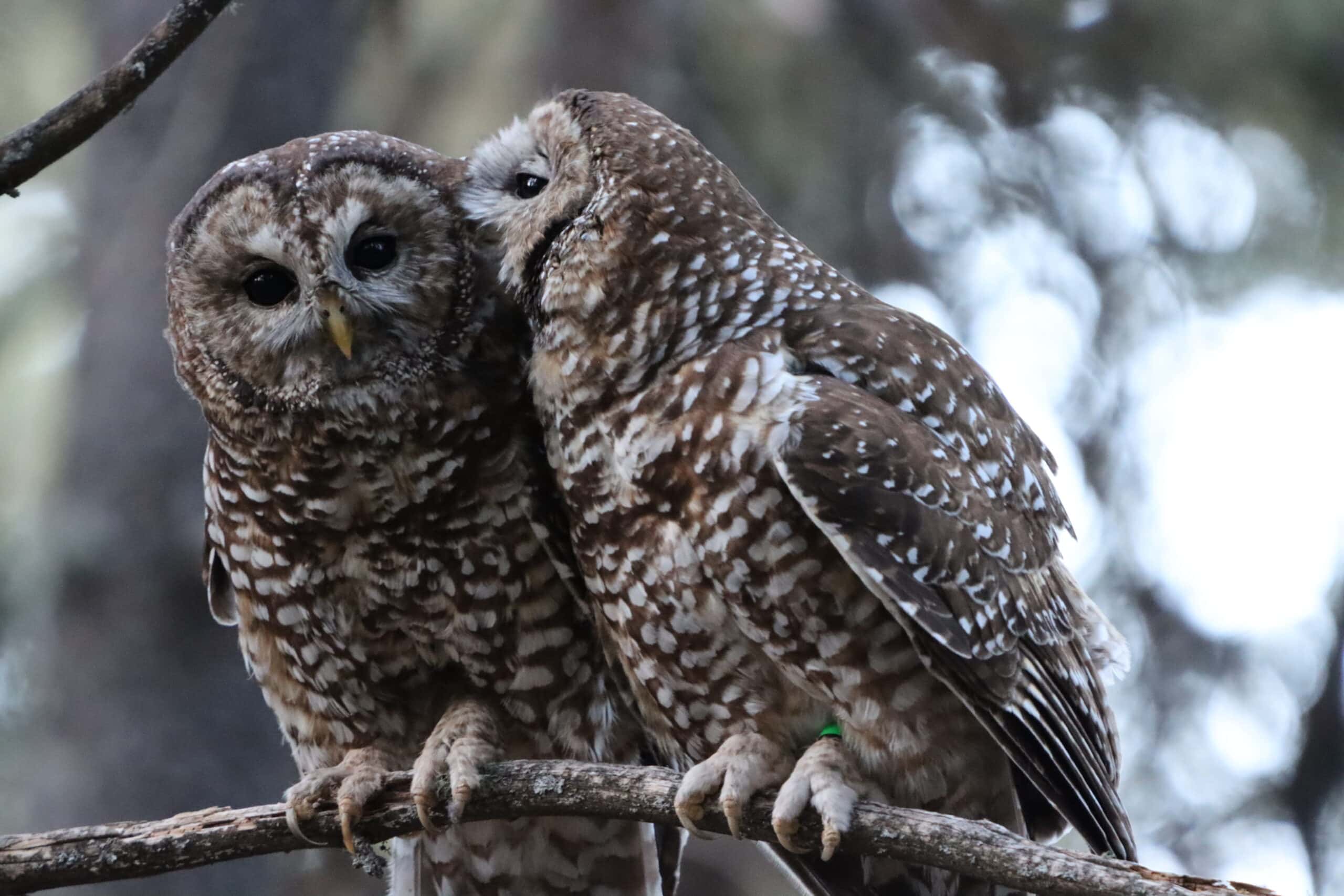Share this article
Wildlife Featured in this article
- Mexican spotted owl
Protected areas help Mexican spotted owls
Owls used the areas extensively for roosting, foraging and nesting
Designated protected areas are likely helping a spotted owl subspecies persist in the southwestern U.S. The Mexican spotted owl (Strix occidentalis lucida), which lives in Mexico and the southwestern U.S., is listed as threatened in both countries. The spotted owl subspecies faces threats of logging, habitat loss and increasing wildfires. Biologists use Protected Activity Centers—or PACs—to protect habitat in owls’ territories. In a study published in the Journal of Raptor Research, researchers tagged the birds with GPS units to determine how they were using PACs in Arizona and New Mexico. The team found that Mexican spotted owls extensively use the protected areas for roosting, foraging and nesting. But the researchers stress that while PACs seem to benefit the owls, forest management needs to continue to be adaptable. “Our research is just a tiny fraction of a collaborative process between governmental, Tribal, NGO and other institutions all working towards the conservation and preservation of this species,” said lead author Dana Reid. “Owls use all sorts of areas, on both public and private lands. Our forest ecosystems are all connected, and we need to work together to manage these landscapes in ways that are beneficial to both wildlife and local communities.”
Header Image: Mexican spotted owls use Protected Activity Centers for roosting, foraging and nesting. Credit: Doug Fitzpatrick








